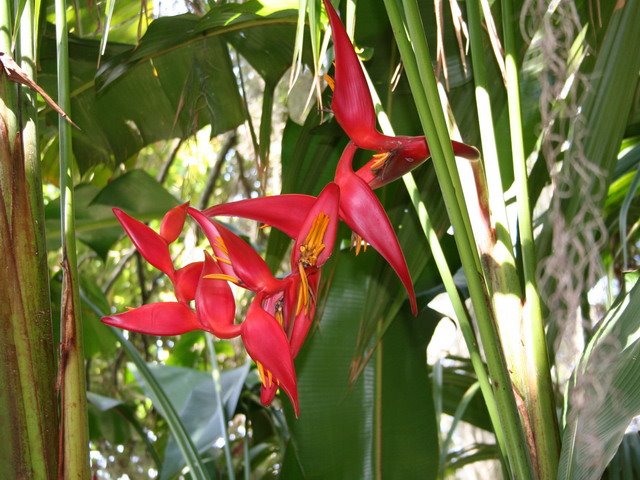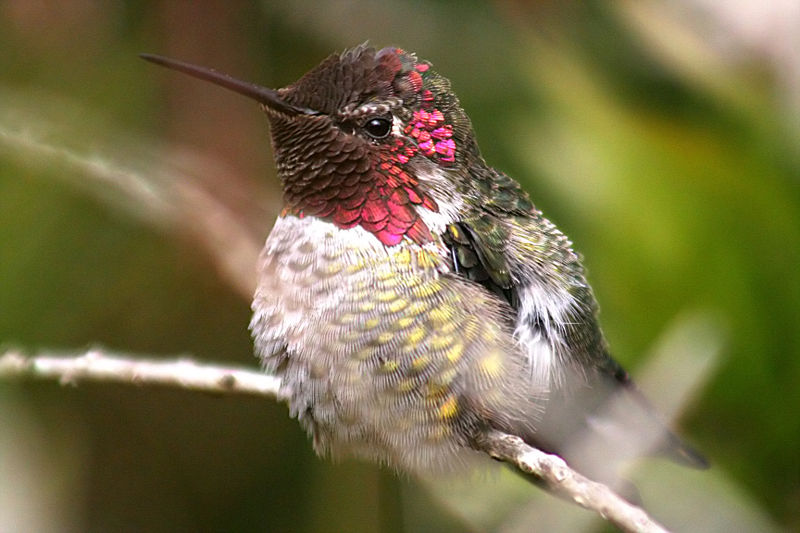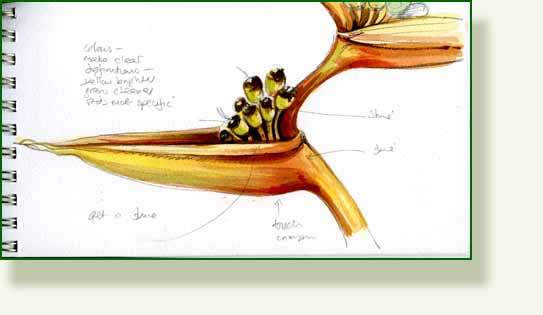Today I spent most of my time in the jungly shade garden at Leu Gardens where Pedro showed me the absolutely stunning Heliconias which hide away in this quiet part of the garden. You have to brave some extensive spiders webs and ten million mosquitoes but what you see makes up for the hardship.
They are truly wonderful plants with a variety of structurally superb flowers that either hang in pendants or are held erect in a variety of showy spikes properly known as panciles. (A pancile is a branched cluster of flowers.)
They are part of the most fascinating order, the Zingiberaceae, or the Ginger family, and come in a variety of shapes and sizes. The definition from Wiki is:
“A family of flowering plants consisting of aromatic perennial herbs with creeping horizontal or tuberous rhizomes, comprising of 52 genera and more than 1300 species, distributed throughout tropical Africa, Asia and the Americas.”
Many species are important ornamental plants, spices, or medicinal plants including shell gingers, ginger lily, turmeric and cardamom.
The name Helicona, after the Mt Helicon fits well with the exotic and strange appearance of these plants. Mount Helicon was the home of the muses forever beautiful and inspirational and the mountain itself wreathed in the mysteries of the gods.
The heliconia’s bracts are large and colorful and hide the sometimes inconspicuous flowers The fruits also develop within the bracts which are often filled with water and house a distinctive aquatic micro-ecosystem much like the bromeliad tank plants which I wrote about before.
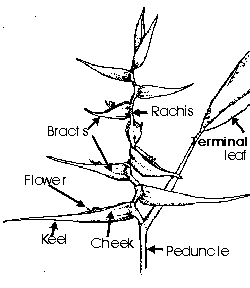
In the tropics, the natural home of the heliconias, many rely solely on hummingbirds for their pollination which accounts for their bright red yellow and orange colouring, and the long tubelike shape of the flowers, which ensures that only hummingbirds with their long curved bills and and even longer tongues can access the rich nectar.
It is another example of a mutually exclusive relationship between animal and plant, with some heliconias relying on one specific humming bird for pollination. The different species also “use” the birds in different ways, making sure that the design of the flowers deposits pollen on different parts of the hummingbird’s body so avoiding the contamination of another nearby species.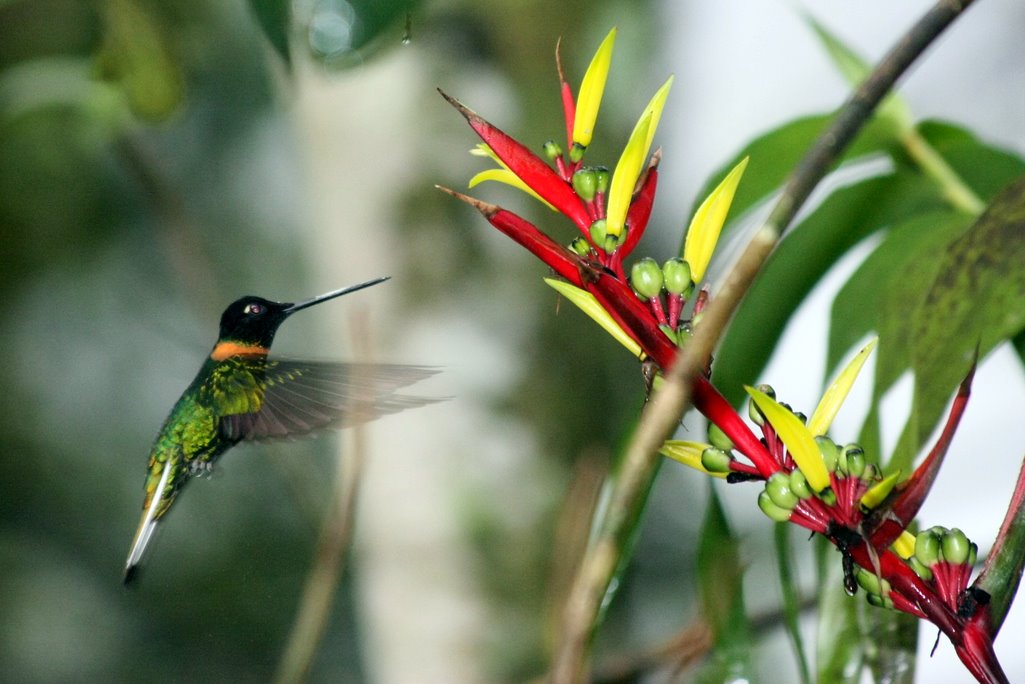
This beautiful image from gonetoamerica blog here
According to the page on heliconias here from the Cloudbridge project in Costa Rica, the big leaves also provide a home
“for disk-wing bats (bats with suction-cups on their wings) and several species of tent-making bats. These bats construct shelters for themselves by chewing along both sides of the midrib of Heliconia leaves, so that the sides fold down, making temporary “tents.” 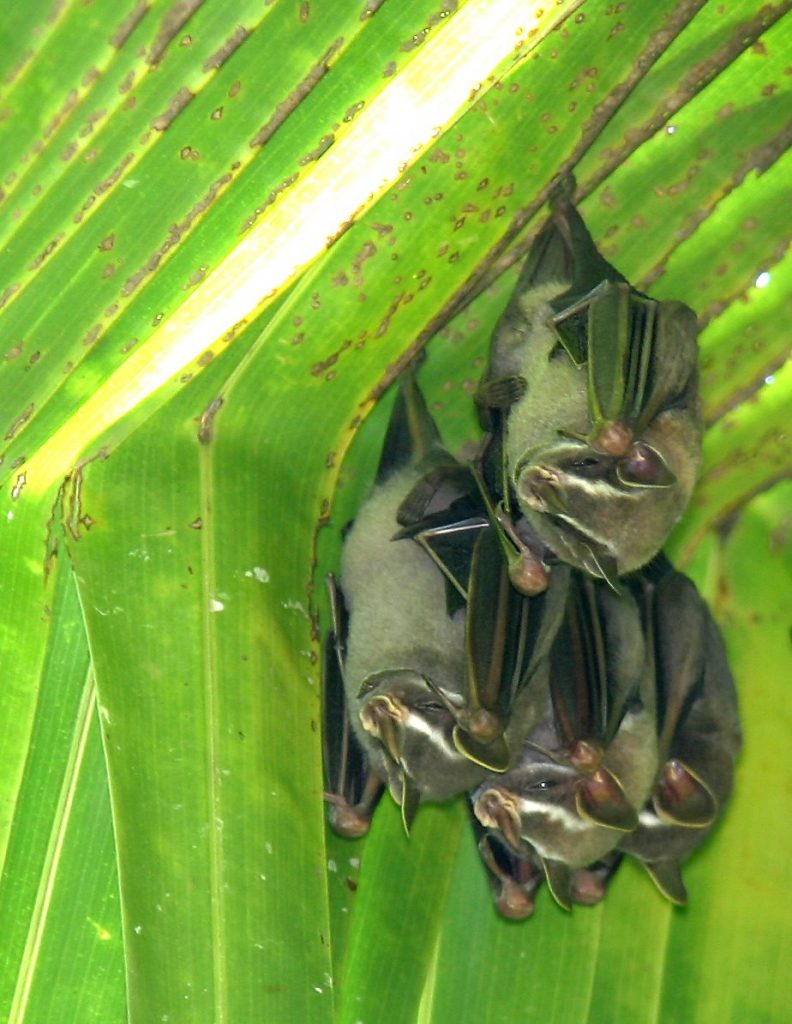
Some very cute tent bats from Costa Rica, from a fab site of images of Costa Rica here , one of the many things we didn’t see there and all the more reason to go back.
And I wish I had taken a bit more notice of the flowers, but writing this has reminded me of the very frightened tourist who came on a tour of the Monteverde reserve with us. She was wearing a red t shirt and to her terror was constantly surrounded by little humming birds who according to the guide thought she was a flower. Lucky her I thought. Here in Florida there are not many hummingbirds, but if you are lucky enough, you would be most likely to see the redthroated variety.
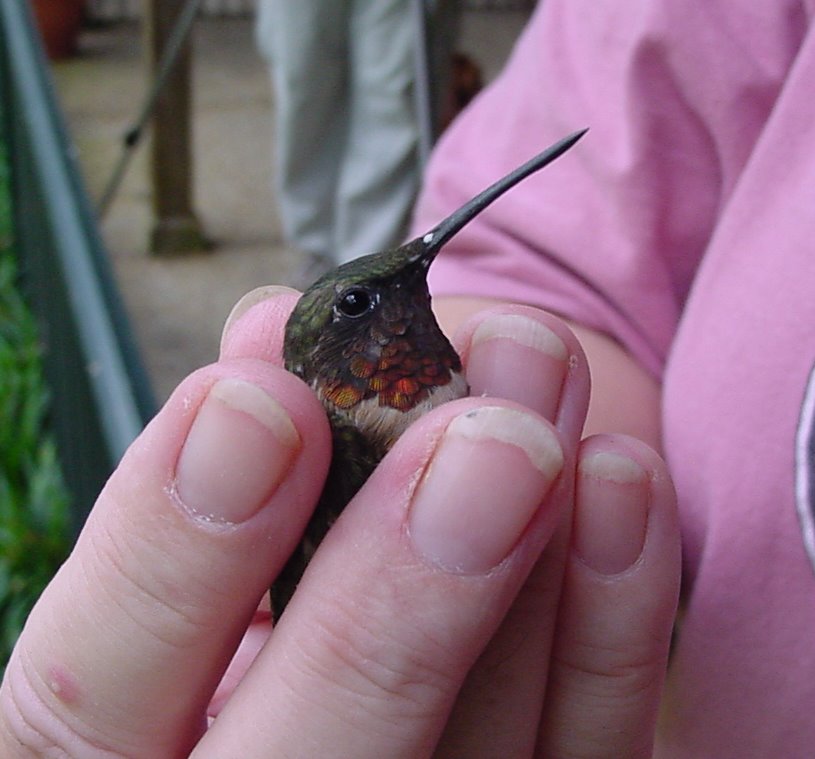
Sweet pic from a hummingbird migration site here
I have never seen one at Leu yet but I am not there at dawn and dusk (yet ! ) which is the best time to see them. They are gorgeous little things.
I found an old rather broken piece of the Heliconia clinophia but love its strong rhythmical zig zag profile and the seed pods which spray out of the bracts. I will certainly try some of the other flowers soon too. It is a big piece, 16 inches across, so it will have to be painted on a half sheet piece of watercolour paper. Today I only had time to do these initial sketches, one small study of the bract and as you can see, the larger sketch across two sides of the sketchbook.
_____________________________________________

